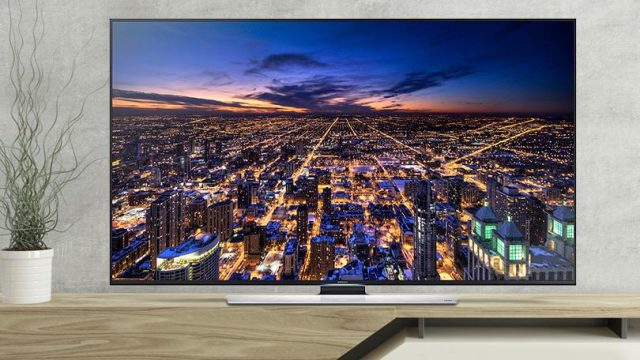When we talk about current televisions, we usually talk about 4K. But we also talk about HD UHD… What is the difference? Is there a difference? We tell you everything.
It’s been a while since Full HD, which corresponds to a definition of 1920 x 1080 pixels , gave way to Ultra HD in the world of televisions. Where it gets complicated is when you associate this definition with 4K. Rest assured, 4K UHD is a reality.
However, when we talk about ultra high definition, we must distinguish the 4K present in cinemas from the 4K present in your living room, via your latest generation 4K UHD television. A difference which has a certain importance, but which, in practice, is all the same to relativize.
1. Cinema 4K, real 4K?
If 4K is so called, it is because it displays a definition of 4096 x 2160 pixels . But if you are attentive to the characteristics of Ultra HD televisions sold on the market, you may have noticed that they display a definition of 3840 x 2160 pixels . This is the nuance between the two “4K”: 256 pixels difference. But why ?
The “true” definition of 4K is indeed 4096 x 2160 pixels and this is the one found in the cinema industry. When a film is shot in 4K digital with suitable cameras, it is projected in this format.
This is a standard developed by the DCI (Digital Cinema Initiatives), a group of film industry professionals responsible for defining the most suitable formats for cinemas.
For a very long time, filming was done in 2K, i.e. in 2048 x 1080 pixels , which corresponds to a ratio of 17/9. It was therefore logical that the evolution of this format, 4K, retains this ratio, hence the 4K 4096 x 2160 pixel definition.
However, it should be noted that the 17/9 ratio, which is therefore slightly wider than the 16/9 found on current televisions, is regularly cropped to adopt a ratio of 2.39/1, which corresponds to of Cinemascope. It is often an artistic choice which is therefore left to the choice of the director.
In any case, the image definition is not suitable for televisions sold commercially, so an adaptation had to be made.
2. UHD-1, the living room’s 4K UHD
The Ultra HD found on televisions displays a definition of 3840 x 2160 pixels. This represents four times more pixels than Full HD, which displays a definition of 1920 x 1080 pixels. We better understand the choice made on the TVs because it allows us to keep the same screen ratio, the same dimensions of the tiles, and therefore a similar size in the living room.
However, the number of pixels is largely revised upwards since we go from 2 million pixels on a Full HD panel to 8 million on its Ultra HD equivalent, also known as UHD-1 .
For the television industry, it was therefore much easier to offer a format modeled on that of Full HD. And as for its part, the cinema was also content to switch from 2K to 4K while maintaining the same ratios, in the end, we end up with a similar rendering on our current TVs. When the format requires it, as in cinemascope, black bands are present at the top and bottom of the screen.
It is therefore not surprising that Ultra HD Blu-rays sold in stores also offer a UHD definition of 3840 x 2160 pixels, while films were shown in cinemas in 4K, that is to say in 4096 x 2160 pixels.
It is nevertheless the same thing with 2K (2048 x 1080 pixels) and Full HD Blu-ray (1920 x 1080 pixels) where we find this time 128 pixels difference, not surprising since the horizontal definition is twice as small as Ultra HD.
3. 4K and Ultra HD, a problem that is not a problem
It will be understood, 4K is to the cinema what Ultra HD is to the television. Dissociating the two is above all a way of using the right vocabulary, with a view to knowing exactly which definition of 4K images we are referring to. TV manufacturers often have the reflex to speak of 4K Ultra HD or 4K UHD , which underlines the difference with 4K Cinema.
However, as no television sold commercially offers an image definition of 4096 x 2160 pixels, one can easily consider that this is a non-issue. But when you try to be precise and fair in the way you approach technology, you might as well do it all the way, understanding what the differences are between a movie theater screen and a television.
As Full HD succeeded HD Ready, Ultra HD is presented as a direct evolution which adapts to the constraints of the television market. The cinema, for its part, is also adapting, always with the objective of offering the best image quality and the best possible experience to the spectator, an ambition that the two industries have in common.

